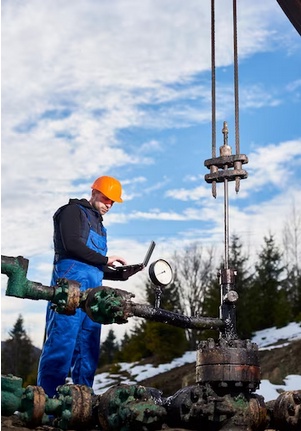Introduction:
Slings play a crucial role in the safe and efficient operation of lifting equipment across various industries. These indispensable tools provide a means to lift and transport heavy loads, ensuring the integrity and stability of the equipment and its cargo. This guide aims to provide a comprehensive overview of slings for lifting equipment, including their types, materials, applications, and important considerations for their safe usage.
I. Types of Slings:
-
Wire Rope Slings: Composed of steel wires wound together, wire rope slings offer excellent strength, durability, and resistance to abrasion and cutting. They are versatile and suitable for a wide range of lifting tasks.
-
Chain Slings: Constructed from alloy steel chains, chain slings are highly durable and provide excellent load-bearing capacity. They are particularly effective in rugged environments and are known for their ability to withstand high temperatures.
-
Synthetic Slings: Made from various synthetic materials such as nylon, polyester, and high-performance fibers, synthetic slings are lightweight, flexible, and easy to handle. They offer excellent resistance to chemicals and UV radiation.
II. Sling Configurations:
-
Single Leg Slings: Consist of a single length of sling with a lifting attachment point at one end and an eye or hook at the other. They are suitable for straightforward lifting applications.
-
Multi-Leg Slings: Comprise multiple legs that converge into a single attachment point. They provide increased load stability, load distribution, and versatility in lifting irregularly shaped loads.
III. Sling Materials:
-
Steel Wire Rope: Known for its exceptional strength, durability, and resistance to abrasion and cutting, steel wire rope is widely used in heavy-duty lifting applications.
-
Alloy Steel Chains: Renowned for their high load-bearing capacity, corrosion resistance, and ability to withstand harsh environments, alloy steel chains are suitable for heavy lifting tasks.
-
Synthetic Fibers: Nylon and polyester slings offer excellent flexibility, lightness, and resistance to chemicals and UV radiation. High-performance fibers like aramid and HMPE (High Modulus Polyethylene) provide exceptional strength-to-weight ratios.
IV. Factors to Consider:
-
Load Weight and Center of Gravity: Understanding the load weight and its center of gravity is crucial for selecting the appropriate sling type, capacity, and configuration to ensure safe lifting.
-
Working Environment: Factors such as temperature, chemicals, sharp edges, and abrasive surfaces must be considered to choose the most suitable sling material and configuration.
-
Load Configuration: The shape, size, and stability of the load impact sling selection. Multi-leg slings are beneficial for lifting loads with irregular shapes or unstable centers of gravity.
-
Working Load Limit (WLL): Each sling has a specified WLL that must not be exceeded. Proper knowledge of the load's weight and the sling's capacity is vital for safe lifting operations.
V. Safe Usage Guidelines:
-
Inspections: Regularly inspect slings for any signs of damage, such as cuts, abrasions, fraying, or broken wires. Discard damaged slings immediately to prevent accidents.
-
Storage: Properly store slings in a clean and dry environment, away from corrosive substances and direct sunlight. Protect slings from sharp edges and other potential hazards.
-
Proper Handling: Ensure slings are correctly attached to lifting equipment and loads. Use appropriate rigging techniques, such as choke hitches or basket hitches, to distribute the load evenly.
-
Training and Certification: Operators and riggers should receive proper training on sling usage, inspection, and safety practices. Certification programs can enhance competence and promote safe operations.
Conclusion:
Slings for lifting equipment are essential tools that contribute to safe and efficient lifting operations in various industries. Understanding the different types of slings, their configurations, materials, and safe usage guidelines is crucial for ensuring the integrity and stability of lifting equipment. By adhering to proper inspection, storage, handling, and training practices, operators can minimize the risk of accidents and optimize their lifting operations.


No comments yet